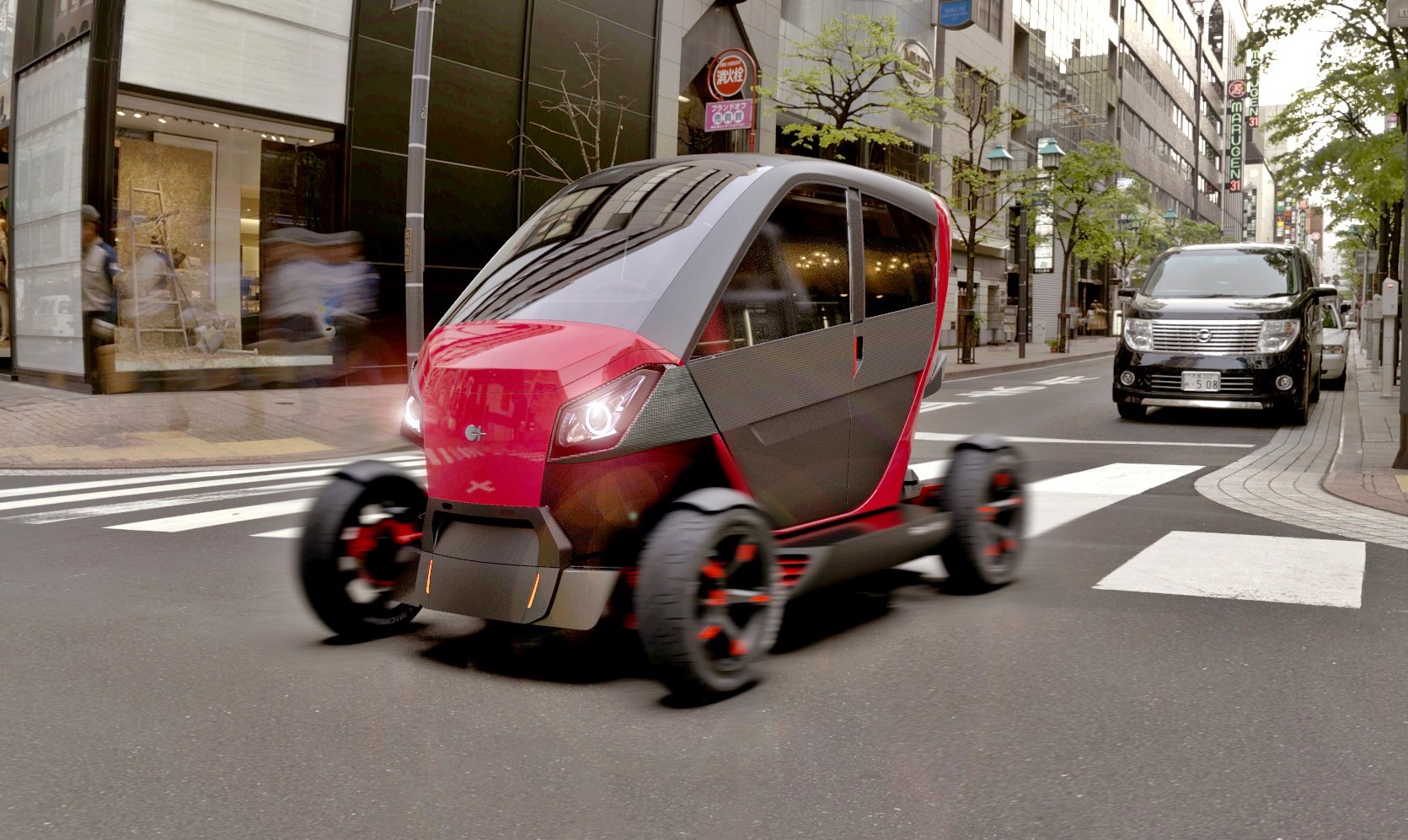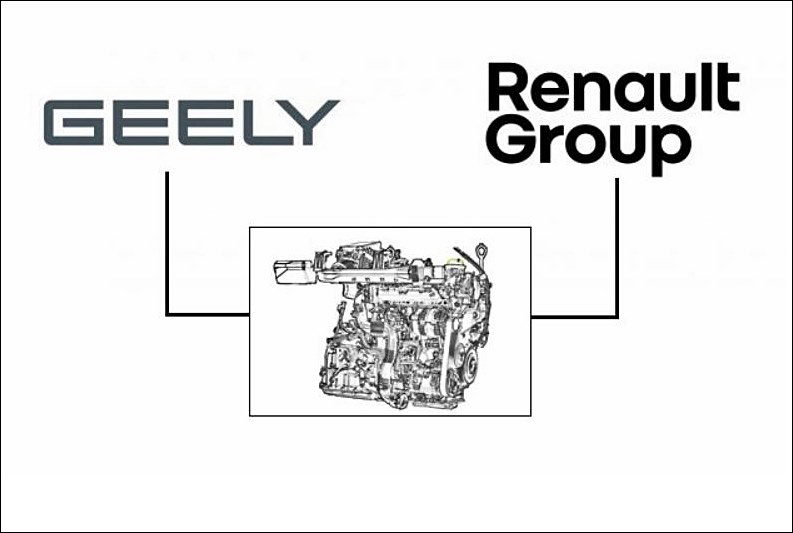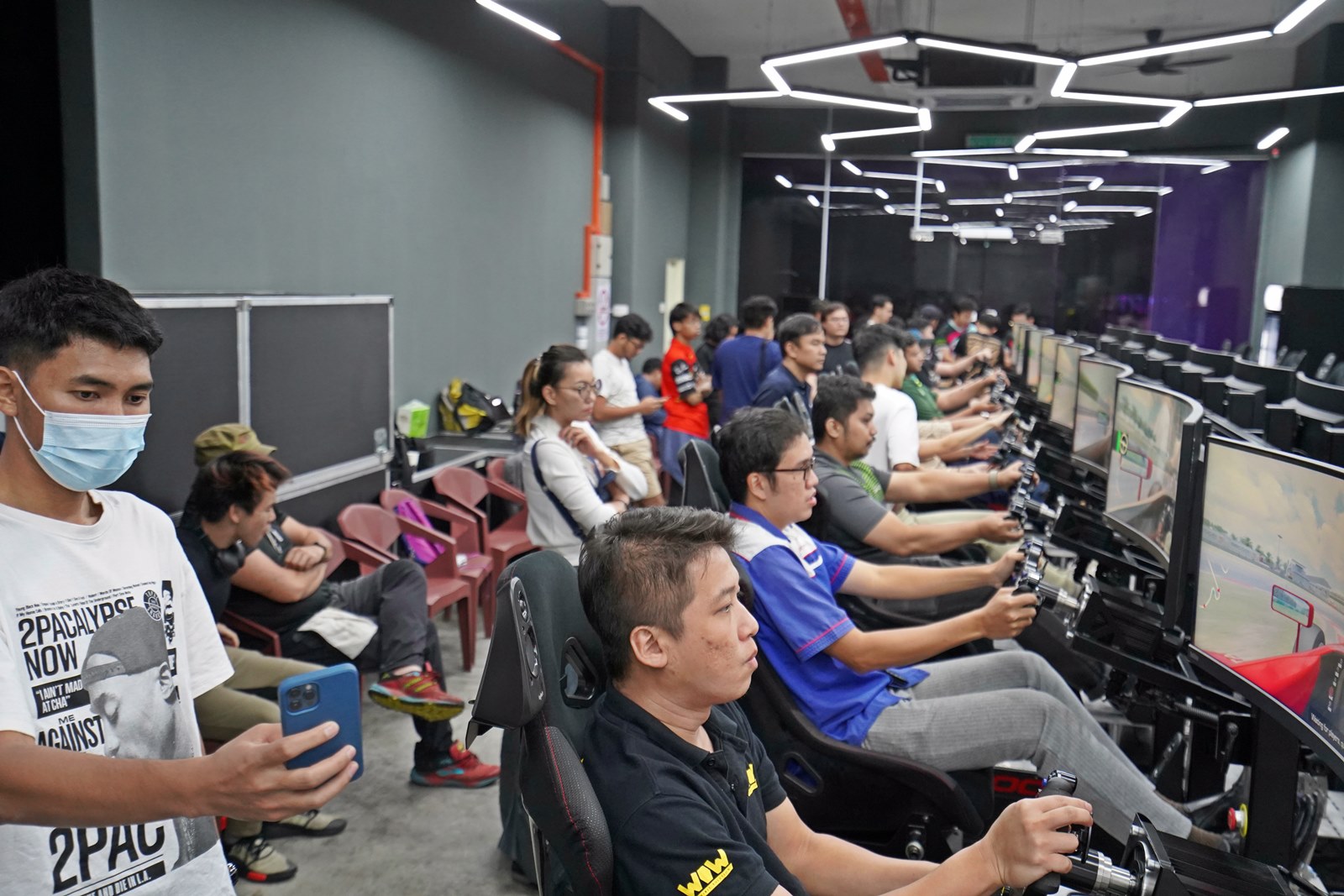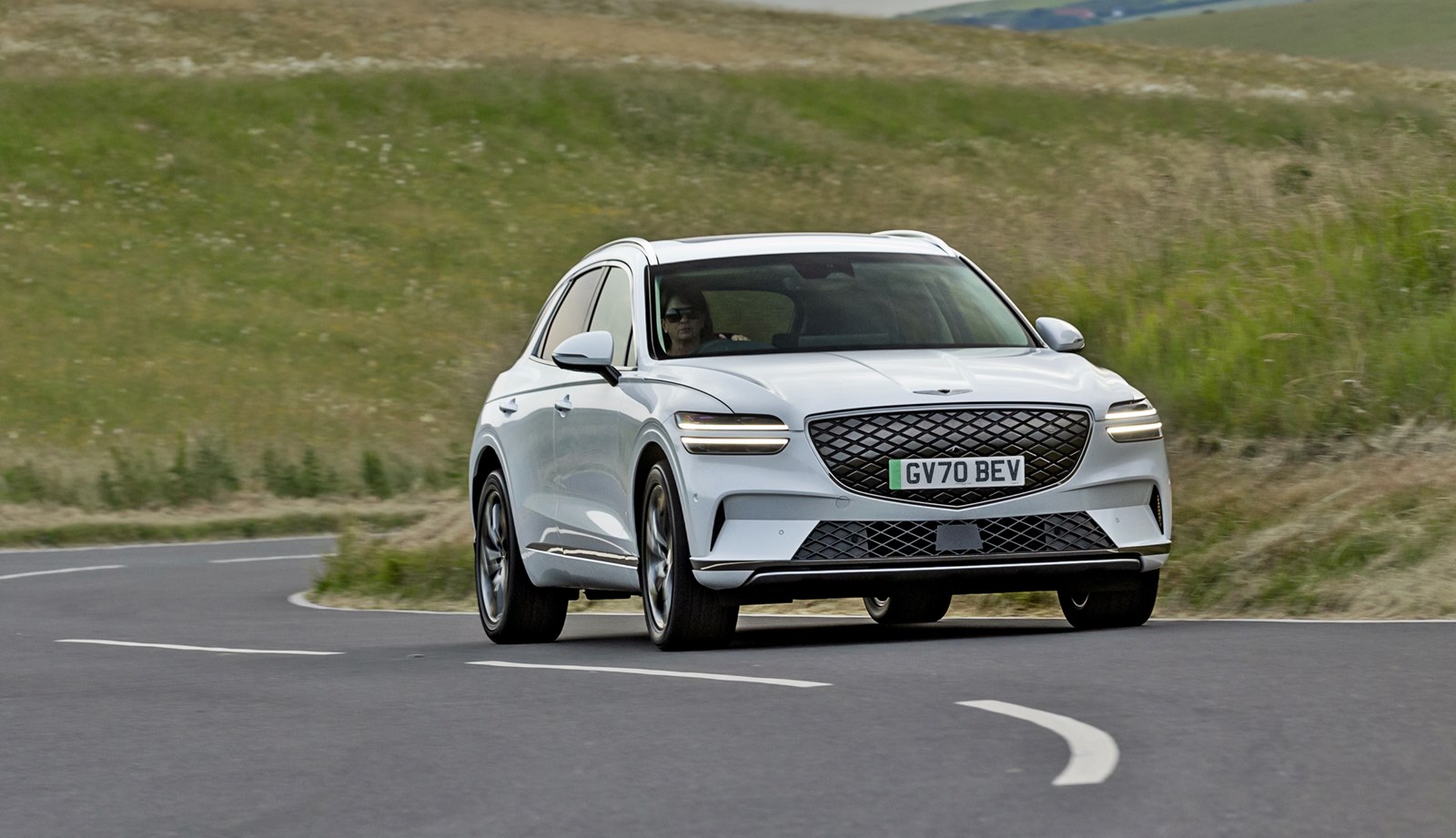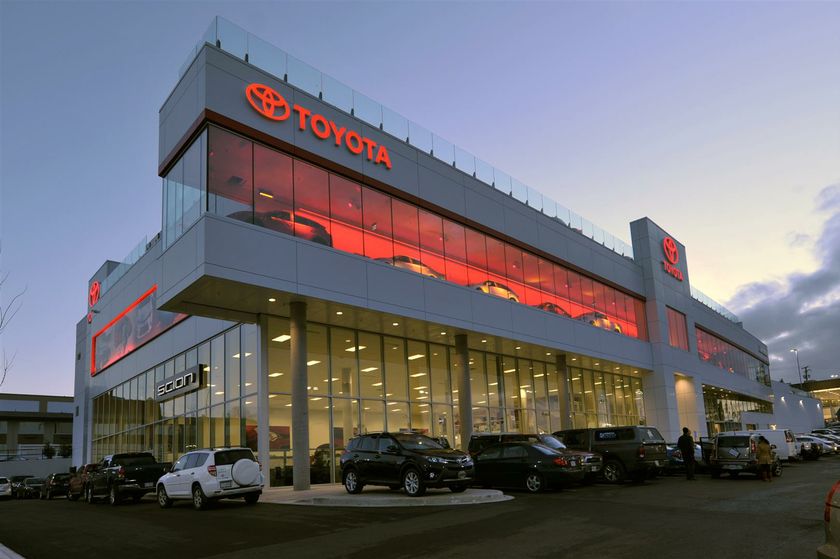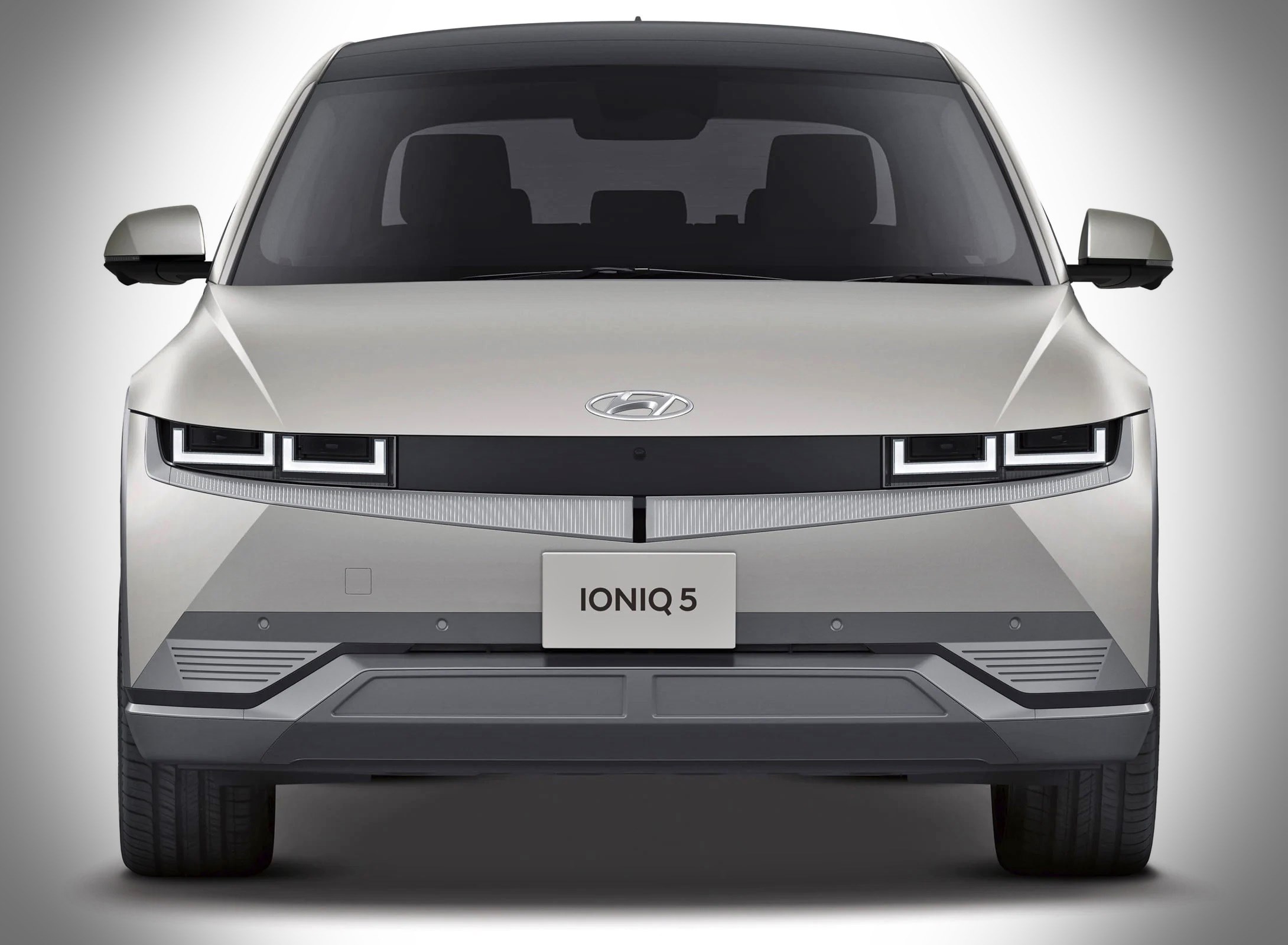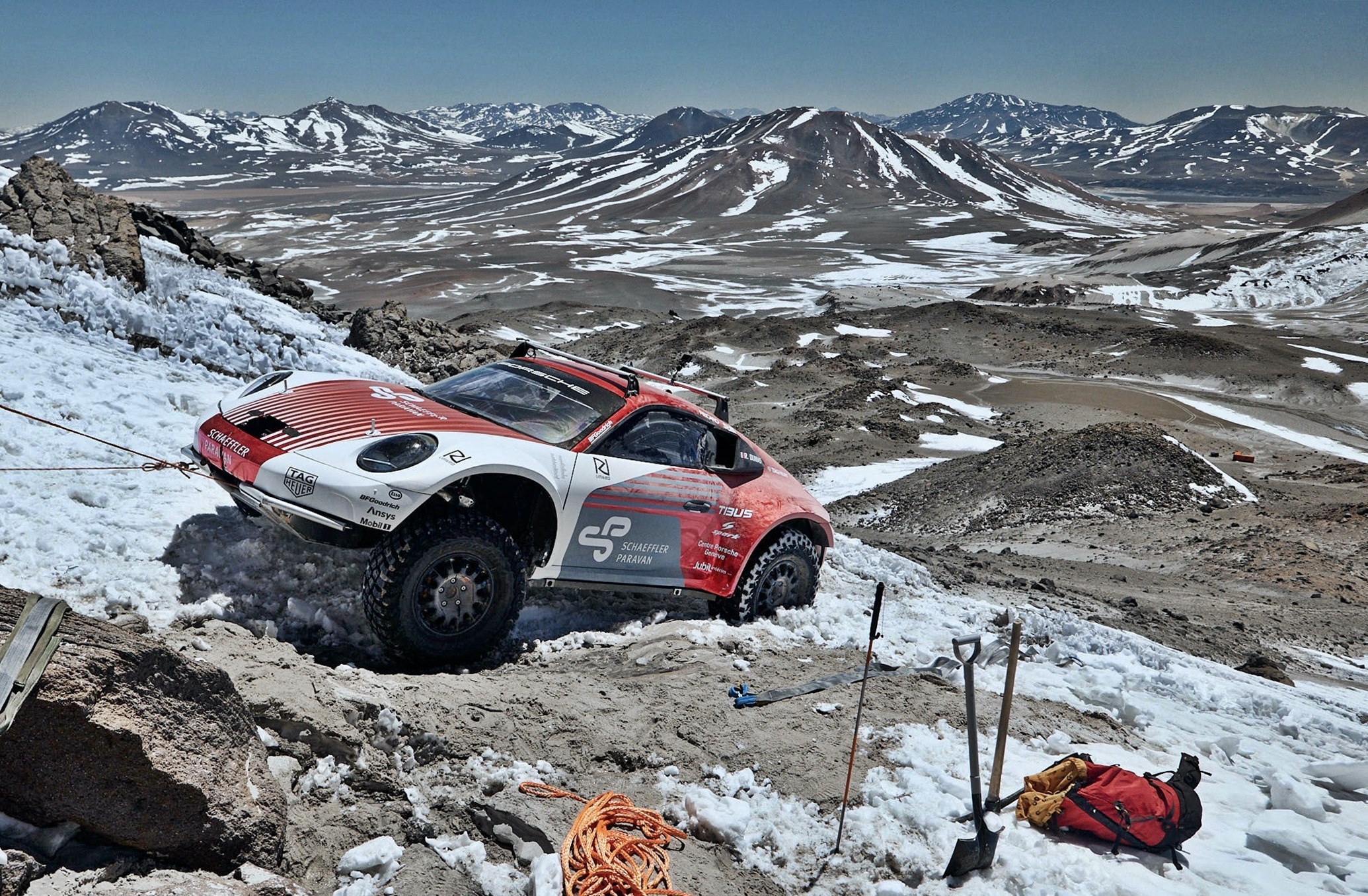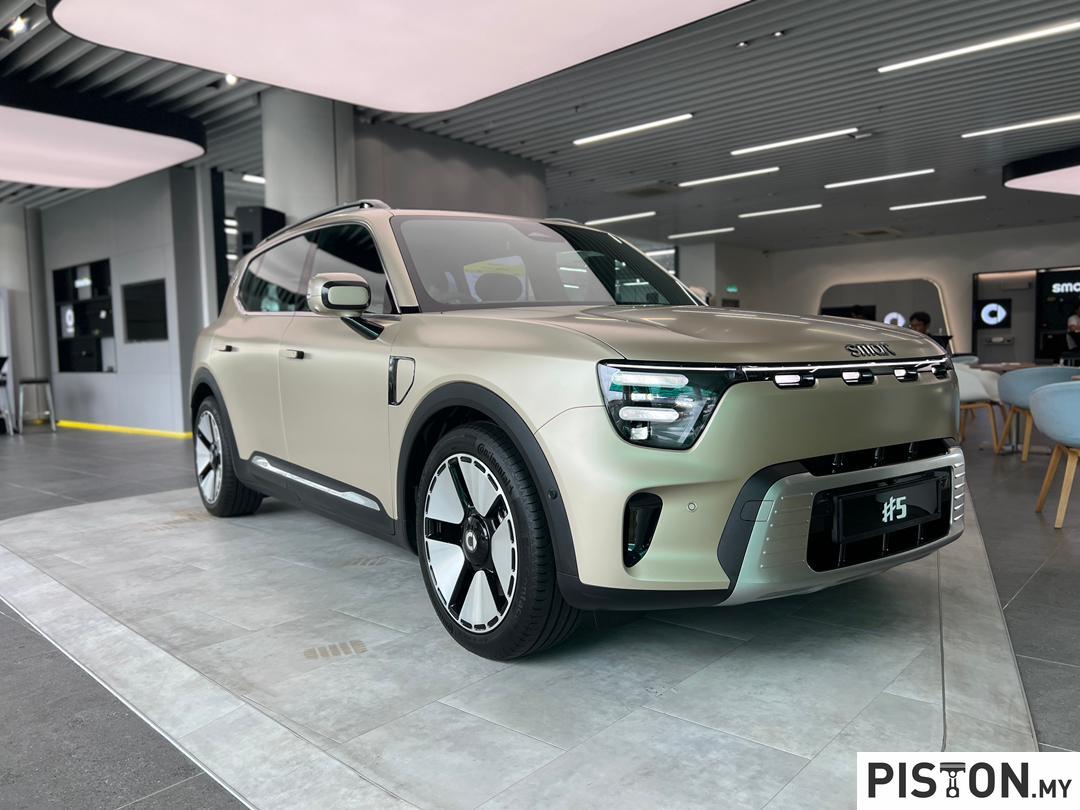‘Shape-shifter’ tends to be associated with something scary as it has often been used to describe beings that can transform into something else – usually mean and nasty – like those Terminators. However, the term also refers to anything that can alter its shape and EV tech start-up City Transformer has a shape-shifting microcar that is ideal for urban mobility.
Called the CT-1, it is the world’s first microcar that can change its wheelbase to suit different traffic conditions. It can become narrower for better manoeuvrability and easier parking, and wider for better stability when travelling at higher speeds.
City Transformer presents the CT-1 as the next chapter in sustainable and intelligent urban mobility. With its small footprint, it can address issues of congestion in inner cities without sacrificing key core attributes such as safety, comfort, and the fun-to-drive factor.
(more…)
